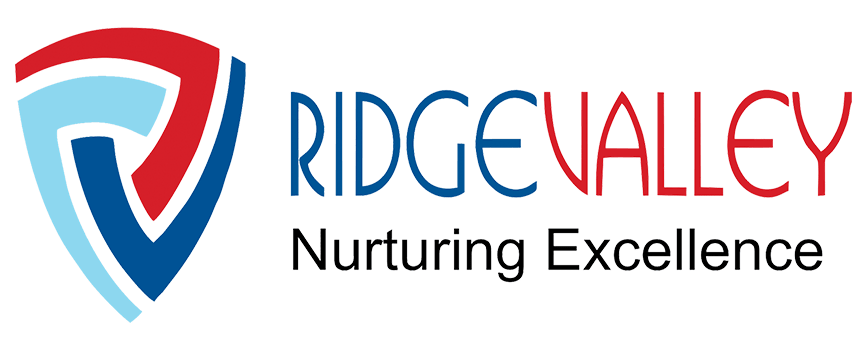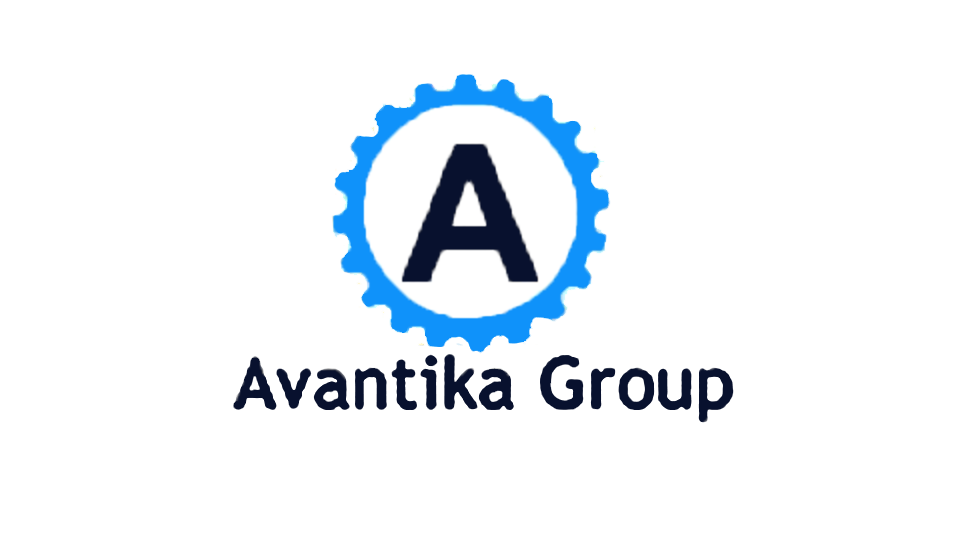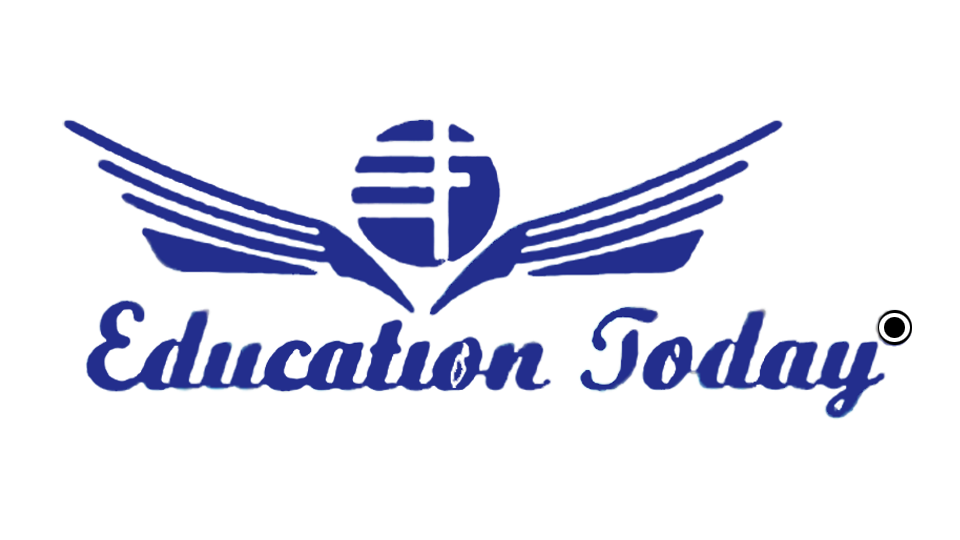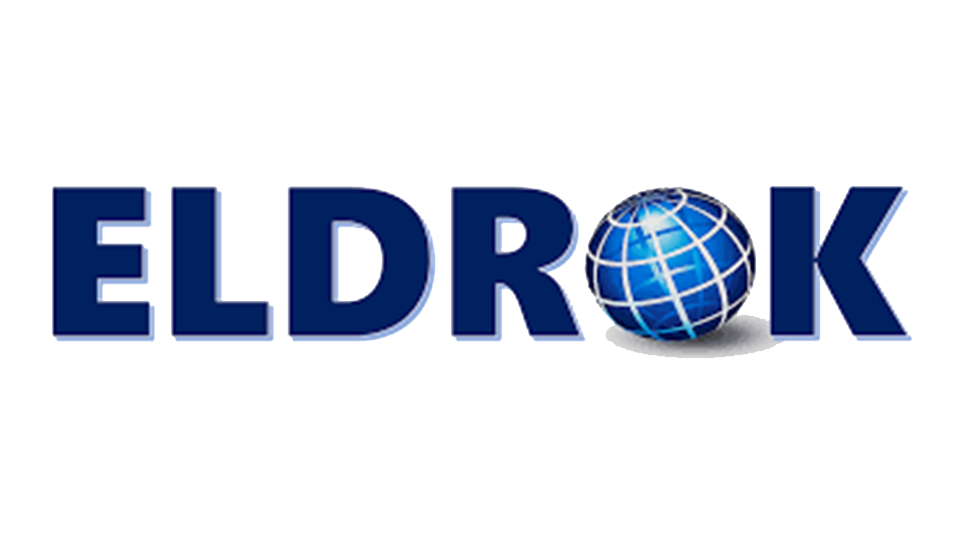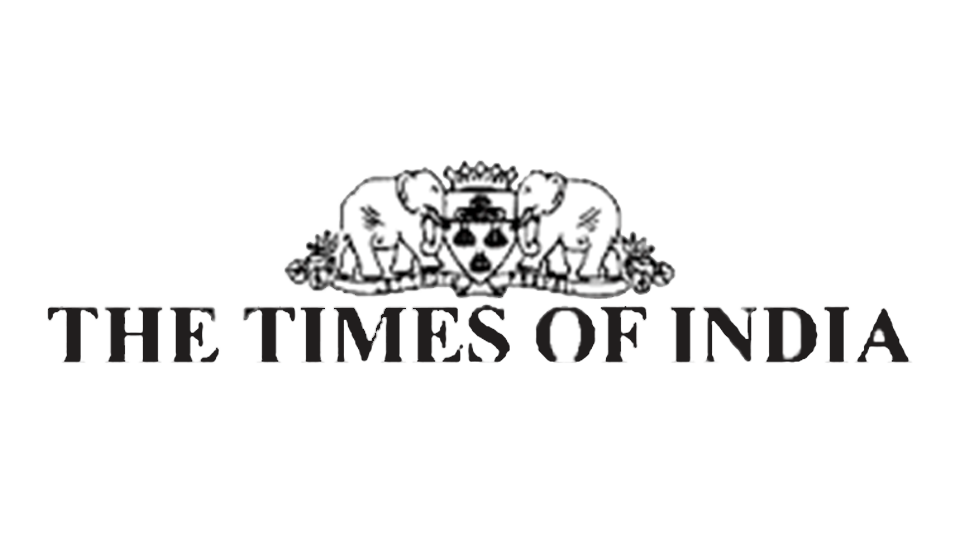Introduction:
Choosing the right school for your child is one of the most important decisions parents make. At Ridge Valley, the Best School in Gurgaon where the curriculum plays a vital role in shaping the educational experience and future success of a student. As parents, it is essential to evaluate various aspects of a school’s curriculum to ensure that it aligns with your child’s needs, learning style, and future aspirations. In this article, we will explore the key factors parents should consider when assessing a school’s curriculum and why it is crucial for a well-rounded educational journey.
About Us:
At Ridge Valley School, we understand that a curriculum should not just be a collection of subjects but a carefully designed framework that shapes young minds for the future. Our curriculum is built to nurture academic excellence while promoting creativity, critical thinking, and a love for learning. Parents should look for a curriculum that balances core subjects with a wide range of co-curricular activities, and the School offers just that. From cutting-edge STEM programs to a strong foundation in the arts, we ensure that students receive a well-rounded education that meets their individual needs and aspirations. Our student-centered approach is designed to foster independent thought, problem-solving skills, and emotional intelligence, preparing each child for the challenges of tomorrow. Through continuous evaluation and personalized support, we ensure that every child is equipped with the skills to succeed both in school and life.
1. Educational Approach and Philosophy
The first step in evaluating a school’s curriculum is to understand its educational approach and philosophy. Different schools adopt varied educational philosophies, such as traditional, progressive, or experiential learning.
-
Traditional Education: Schools with a traditional approach tend to focus on core subjects like mathematics, science, and language, adhering to well-established teaching methods and standardized assessments.
-
Progressive Education: These schools prioritize critical thinking, creativity, and student-driven learning. Their curricula often incorporate interdisciplinary studies, project-based learning, and a focus on emotional intelligence.
-
Experiential Learning: Some schools adopt hands-on approaches that blend academic learning with real-world applications, encouraging students to learn through experiences, such as internships, field trips, or community projects.
Parents should consider which approach best suits their child’s learning style and future career aspirations. A progressive or experiential approach may benefit children who thrive in creative, hands-on environments, while traditional approaches may be better suited to students who excel in structured, academic settings.
2. Curriculum Depth and Breadth
A well-balanced curriculum should offer a mix of depth and breadth across various subjects. While core subjects like language arts, mathematics, and science form the foundation of a child’s learning, it is equally important to evaluate the breadth of subjects offered, including:
-
Humanities: History, geography, and social studies help students understand the world and develop critical thinking skills. A strong humanities curriculum fosters empathy, social awareness, and the ability to think critically about global issues.
-
STEM Education: Science, technology, engineering, and mathematics (STEM) subjects are essential for preparing students for the future job market. Look for a school that offers hands-on learning opportunities in these fields, such as lab experiments, coding, and robotics.
-
Arts and Creativity: Subjects like music, art, and drama stimulate creativity and emotional expression. Schools that offer a robust arts curriculum provide students with opportunities to explore their creative talents and develop problem-solving skills.
-
Physical Education: A comprehensive curriculum should also prioritize physical education and sports. Physical activity not only promotes health and wellness but also teaches valuable life skills such as teamwork, leadership, and discipline.
Parents should look for a curriculum that provides a well-rounded education, allowing students to explore a wide range of subjects and discover their interests.
3. Focus on Individual Development
While academic excellence is important, it is equally crucial that the curriculum focuses on the holistic development of the child. A curriculum that emphasizes individual development will include opportunities for students to explore their personal strengths, interests, and social-emotional growth. Some aspects to consider include:
-
Personalized Learning: A school that offers personalized learning ensures that each student’s unique strengths and challenges are addressed. This may involve differentiated instruction, one-on-one support, and adaptive learning technologies.
-
Character Education: Schools that incorporate character education into their curriculum focus on building qualities such as resilience, empathy, integrity, and responsibility. This is important for developing well-rounded individuals who can navigate both academic and personal challenges.
-
Social-Emotional Learning (SEL): Many modern curricula include SEL, which teaches students how to manage their emotions, build healthy relationships, and make responsible decisions. This is critical in fostering emotional intelligence and creating a positive school environment.
A curriculum that prioritizes individual growth ensures that students not only excel academically but also develop the skills needed to thrive in an ever-changing world.
4. Integration of Technology
In today’s digital age, technology integration in the curriculum is non-negotiable. Technology should be used as a tool to enhance learning, prepare students for future careers, and foster digital literacy. Some key aspects to look for include:
-
Digital Literacy: A strong curriculum will include opportunities for students to learn how to use technology responsibly and effectively. This may involve coding, digital art, or even learning to navigate digital tools for research and collaboration.
-
Online Learning Platforms: Many schools have adopted online platforms that allow students to access learning materials, complete assignments, and collaborate with peers. This flexibility is especially important in today’s fast-paced, digital world.
-
Technology-Enhanced Learning: Look for schools that use interactive technologies such as smartboards, virtual labs, and learning management systems (LMS) to create engaging and interactive learning environments.
By integrating technology into the curriculum, schools can better equip students for the challenges of the future, where technology plays a central role in nearly every profession.
5. Assessment Methods and Academic Rigor
How a school assesses students is a critical factor in determining the quality of its curriculum. The assessment methods used should align with the curriculum’s goals and promote student growth rather than merely serving as a grading tool.
-
Formative vs. Summative Assessments: Formative assessments, such as quizzes, projects, and ongoing evaluations, provide continuous feedback, allowing students to improve throughout the year. Summative assessments, such as final exams, offer a snapshot of student learning at a particular point in time.
-
Performance-Based Assessment: In addition to traditional exams, many modern schools now use performance-based assessments, which measure how well students can apply their learning in real-world situations. This could include presentations, group projects, and other practical evaluations.
-
Academic Rigor: Parents should evaluate the rigor of the curriculum to ensure that it challenges students without overwhelming them. A balanced curriculum will push students to achieve their best while also offering support and resources for those who may need additional help.
It is important that a school’s assessment methods encourage growth, critical thinking, and problem-solving, preparing students for both academic success and lifelong learning.
6. Global and Cultural Awareness
In today’s interconnected world, schools that emphasize global and cultural awareness prepare students to engage with a diverse and rapidly changing global landscape. A curriculum that fosters this awareness may include:
-
International Perspectives: A school with a global curriculum will expose students to different cultures, world history, and global issues. This broadens students’ horizons and helps them become more empathetic and open-minded.
-
Language Programs: Many top schools offer second-language programs, enabling students to become proficient in multiple languages. Learning a second language enhances cognitive development and opens doors to global opportunities.
-
Diversity and Inclusion: A school that promotes diversity and inclusion creates a welcoming environment for students of all backgrounds. A curriculum that celebrates diversity and teaches the importance of inclusion equips students with the skills to work in multicultural environments.
A curriculum that integrates global perspectives prepares students to become responsible global citizens who can thrive in diverse, multicultural settings.
7. Extracurricular Activities and Enrichment Programs
While the academic curriculum is important, extracurricular activities play a significant role in the development of students. These activities offer opportunities for students to explore interests outside of the classroom, build leadership skills, and develop a sense of community. Some key aspects to consider include:
-
Clubs and Societies: Schools that offer a wide range of extracurricular activities, such as debate clubs, science clubs, music ensembles, and drama societies, provide students with outlets for creative expression and personal growth.
-
Sports and Physical Activities: A strong sports program helps students stay active, learn teamwork, and develop perseverance. Look for schools that offer a variety of sports and physical activities to cater to different interests and abilities.
-
Community Engagement: Schools that offer community service programs encourage students to give back and become active members of their community. This instills a sense of responsibility and social awareness.
Extracurricular activities are essential for fostering well-rounded individuals who can succeed in both their personal and professional lives.
8. Preparation for Higher Education and Careers
A school’s curriculum should also prepare students for life after graduation, whether that be higher education, vocational training, or entering the workforce. Consider the following factors when evaluating a school’s curriculum:
-
College and Career Readiness: A good curriculum prepares students for the challenges of higher education and future careers by offering advanced courses, career counseling, internships, and college preparation programs.
-
Workforce Skills: Many schools now offer career-oriented programs such as internships, vocational training, or industry-specific certifications that provide students with practical skills for their future careers.
-
Guidance and Counseling: Schools that offer robust college and career counseling services help students make informed decisions about their future and assist with the application process.
Parents should ensure that the curriculum not only prepares students academically but also provides the skills and experiences needed to succeed in the next phase of life.
Conclusion:
When selecting a school for your child, the curriculum is a fundamental factor in determining the quality of education they will receive. At Ridge Valley, the Top Schools in Gurgaon where parents should look for a well-rounded curriculum that fosters academic excellence, personal growth, and the development of important life skills. By considering factors such as educational approach, curriculum depth, technology integration, and extracurricular opportunities, parents can make informed decisions that will help their children thrive both in school and beyond.
A thoughtful evaluation of a school’s curriculum will ensure that your child receives the education they need to succeed in an increasingly complex and interconnected world.
